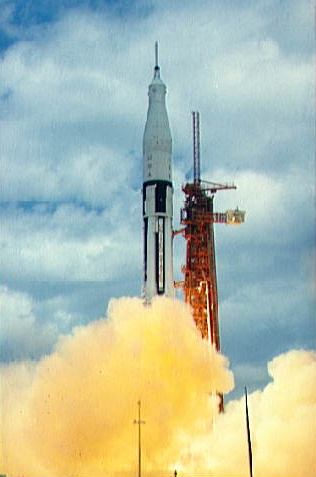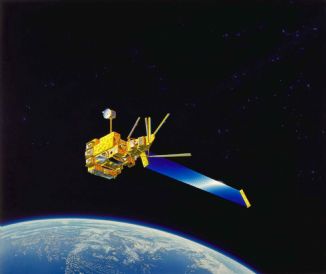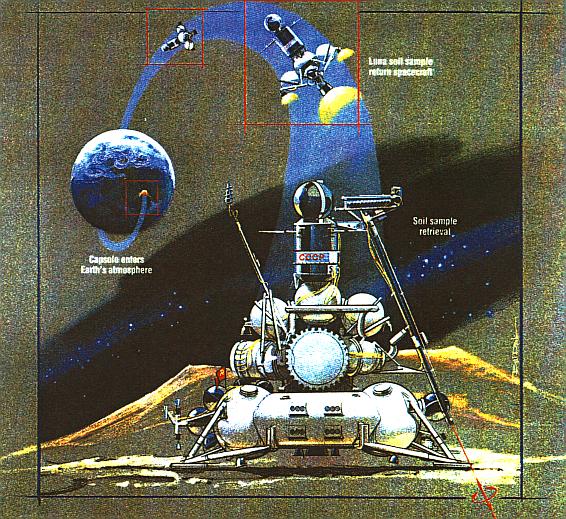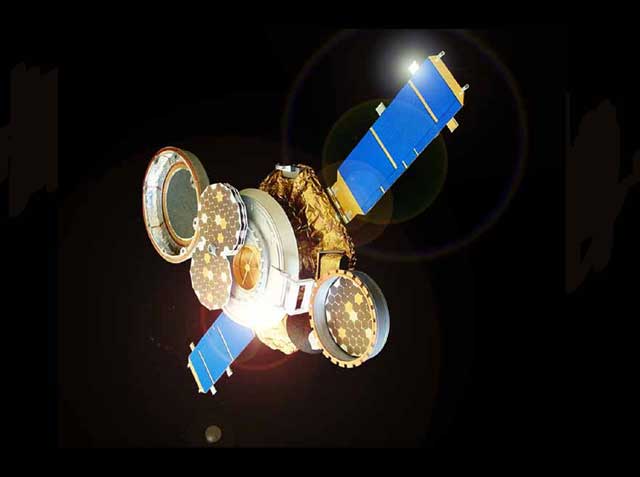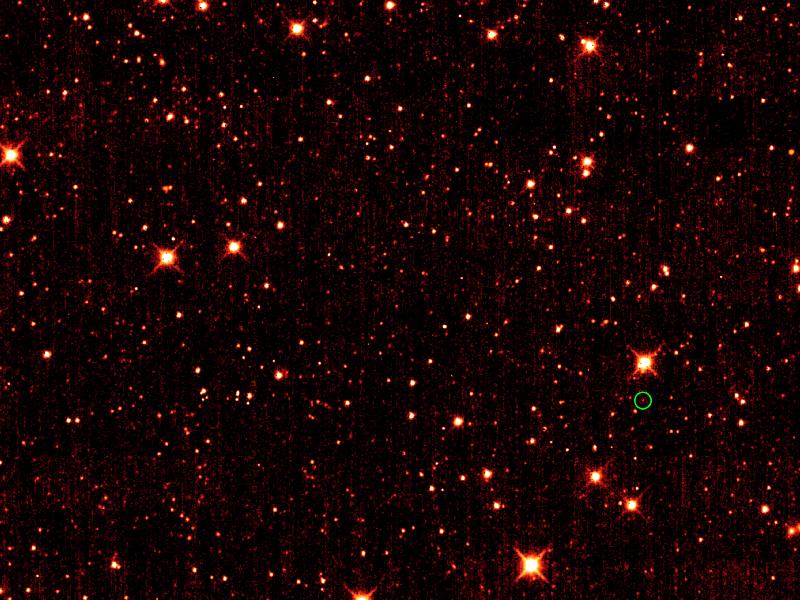Forty-five years ago today — September 12, 1966 — astronauts Charles “Pete” Conrad, Jr. and Richard F.Gordon, Jr., launched from Cape Canaveral on the Gemini-11 mission.
Gemini-11 mission objecttives were “to achieve a first orbit rendezvous and docking with the Agena target vehicle, to accomplish two ExtraVehicular Activity (EVA) tests, to perform docking practice, docked configuration maneuvers, tethered operations, parking of the Agena target vehicle and demonstrate an automatic reentry.” The 3-day mission also carried several experiments.
Gemini-11 marked the first time two tethered spacecraft were rotated to impart a gravity-like acceleration.
The hatch was closed at 9:57 a.m. [on September 14] and shortly afterwards the spacecraft were undocked and Gemini 11 moved to the end of the 30 meter tether attaching the two spacecraft. At 11:55 a.m. Conrad initiated a slow rotation of the Gemini capsule about the GATV which kept the tether taut and the spacecraft a constant distance apart at the ends of the tether. Oscillations occurred initially, but damped out after about 20 minutes. The rotation rate was then increased, oscillations again occurred but damped out and the combination stabilized. The circular motion at the end of the tether imparted a slight artificial “gravitational acceleration” within Gemini 11, the first time such artificial gravity was demonstrated in space. After about three hours the tether was released and the spacecraft moved apart.
Twenty-five years later, on this date in 1991, the Space Shuttle Discovery launched from the Kennedy Space Center on mission STS-48. Astronauts John O. Creighton, Kenneth S. Reightler, Jr., Mark N. Brown, Charles D. Gemar, and James F. Buchli deployed the Upper Atmosphere Research Satellite (UARS).

(Artist’s conception of UARS. NASA image.)
UARS was designed to operate for three years, to “make the most extensive study ever conducted of the Earth’s troposphere, the upper level of the planet’s envelope of life sustaining gases which also include the protective ozone layer.” The spacecraft was decommissioned in December 2005.
Unfortunately, UARS has been in the news recently: the 14,500-pound observatory is expected to fall back to earth later this month in an uncontrolled reentry.








